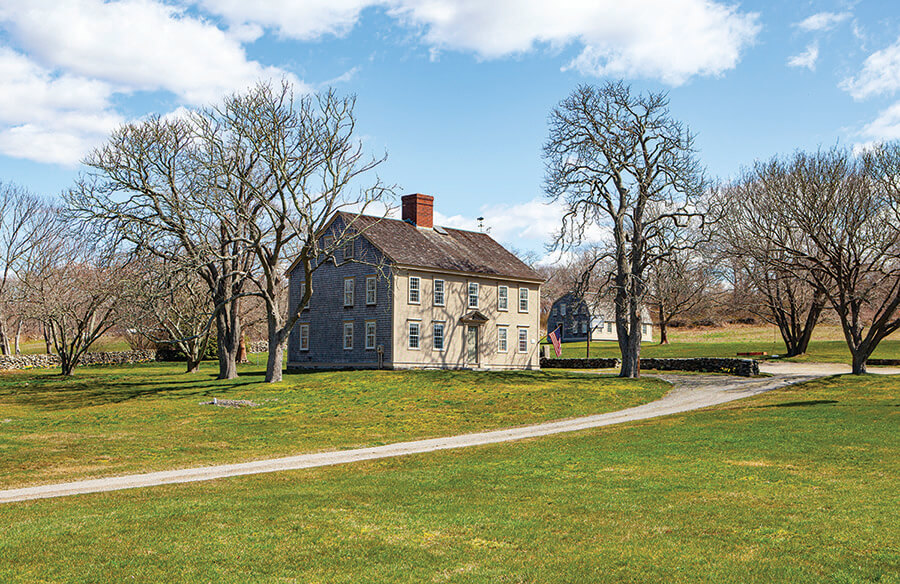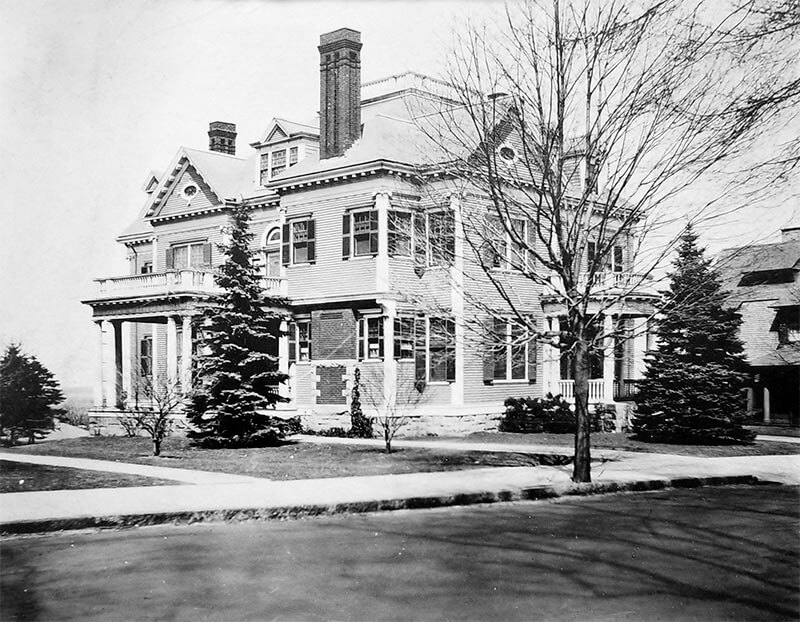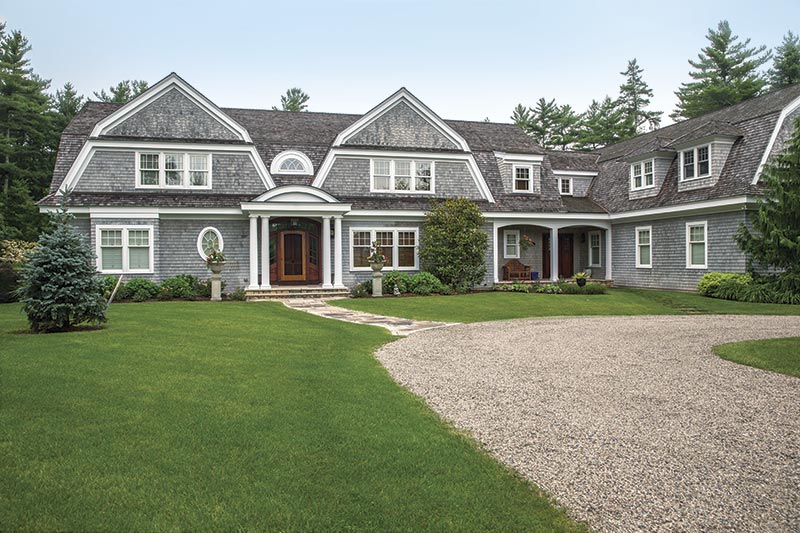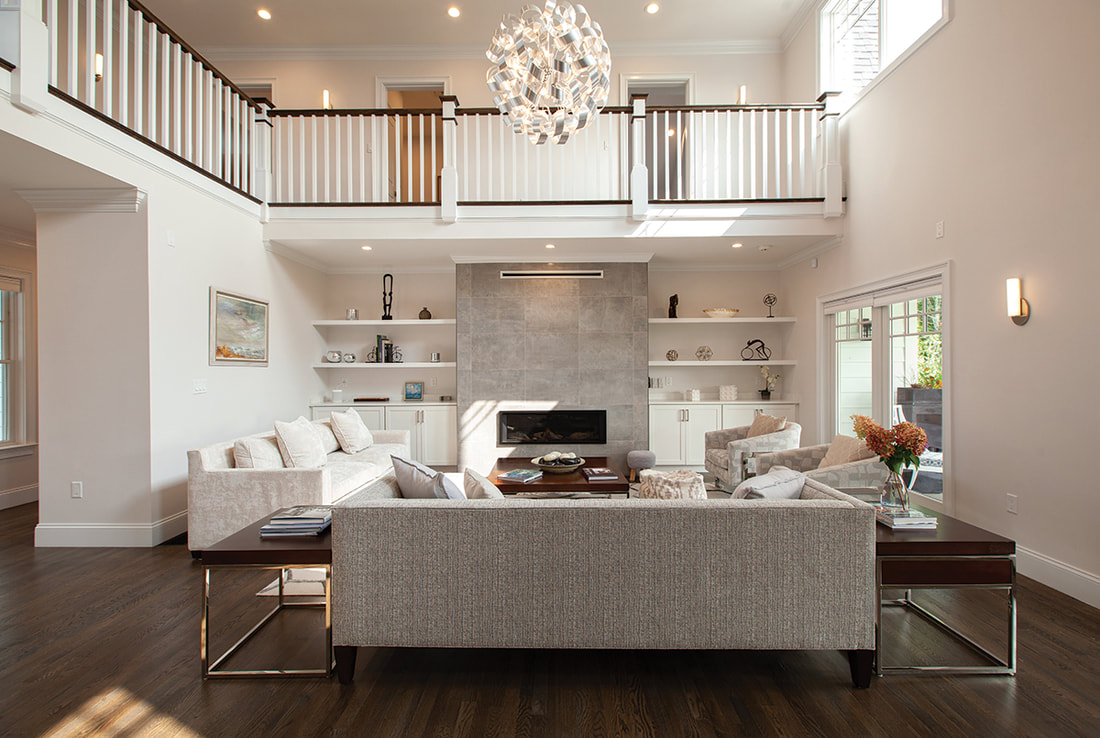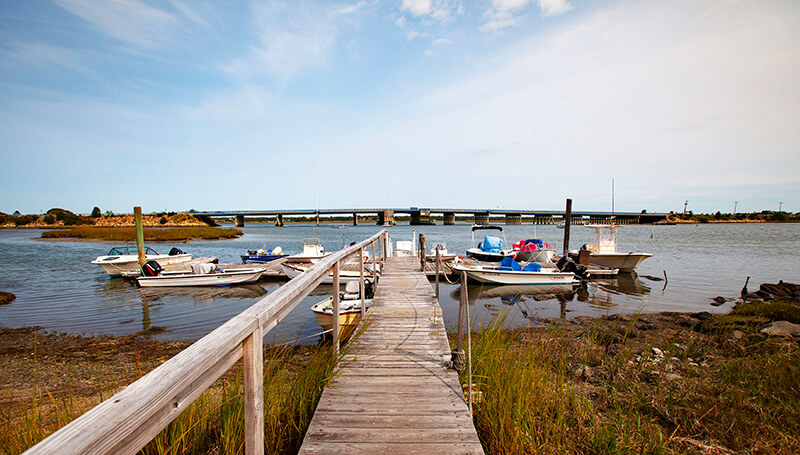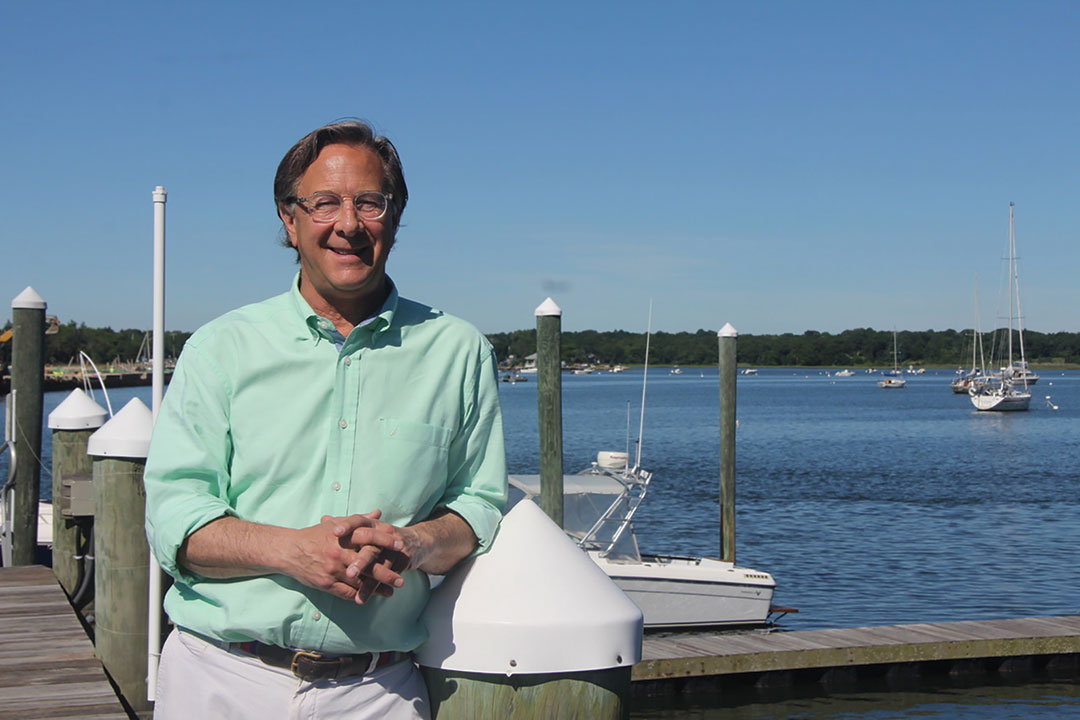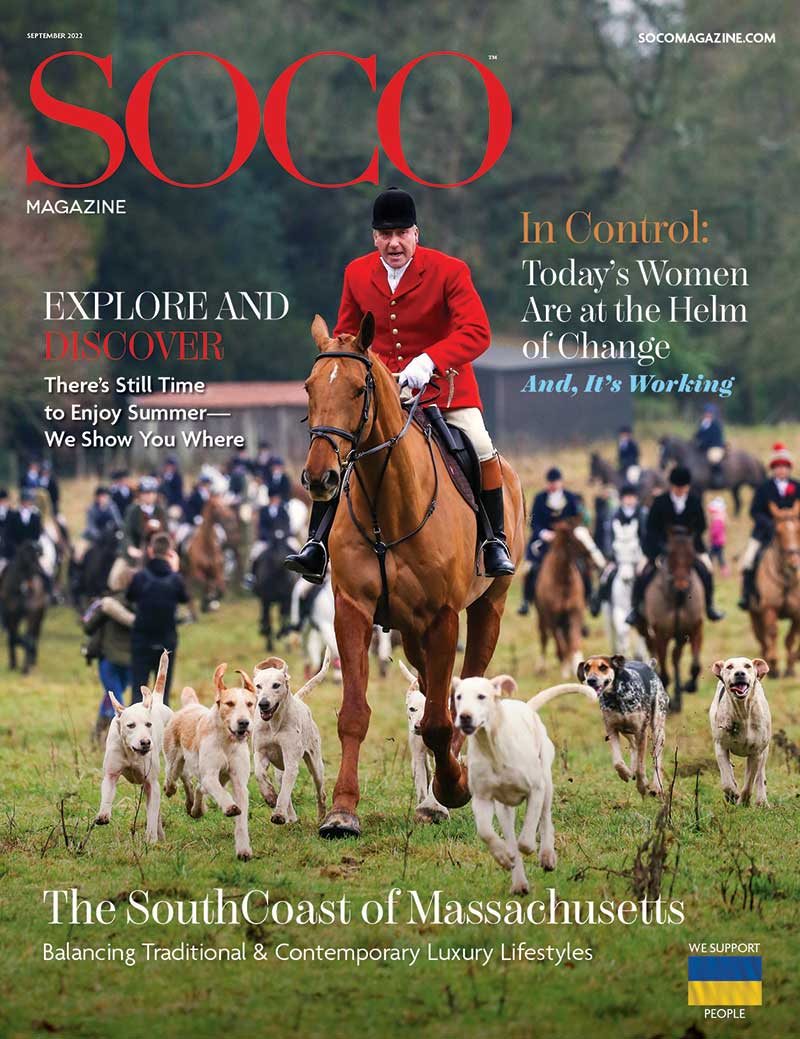|
n 1620, the Pilgrims, a name later associated with travelers to the New World, made their way across the Atlantic Ocean for religious freedom and a chance to rule themselves. With them were merchant families seeking commercial opportunities in an unexplored land.
Attempting to reach the mouth of the Hudson River, they quickly realized they had drifted hundreds of miles off-course, landing at a place now called Cape Cod, only to sail across the bay to modern-day Plymouth. On December 4, nearly one month after arriving at the unintended destination, Peregrine White became the first English child born to settlers; he was delivered aboard the Mayflower while at anchor off the coast. His birth and his life are significant, as evidence of his first cradle and his will, protected by the Pilgrim Museum’s hallowed halls in Plymouth to this day.
0 Comments
Yep, interior designer Paul Chaisson has made quite a name for himself when he burst on the scene some 25 years ago. But, what made him a household name on the SouthCoast is when he moved to the tranquil seaside town of Fairhaven and opened his showroom, Haven, in proximity to the shipyard on Fort Street.
Upon meeting Chaisson at his finely appointed studio, it became apparent that his innate enthusiasm and intense commitment to his craft and his clients was paramount to his existence. He admits, “It’s all about the pleasure of my clients—not me.” Julian Fellowes’ characters enjoyed a regal lifestyle in the dramatic, albeit fictional, British television series, filmed at Highclere Castle in Hampshire, England; however, do you realize that the residents of Fall River’s Highlands District were enjoying similar pleasures and amenities at least a decade before the period in which the show is based?
The city of Fall River, known for its textiles among many other specialties, watched as American industrialists, with great wealth, built monstrous factories, employed thousands upon thousands of immigrants, and shipped their products worldwide. With such growth came vast rewards. During the late 19th century, and into its turn, the community’s affluent socialites were thirsting for luxury and the opportunity to display their wealth and extravagance; it was a time of prosperity that accommodated a need to exhibit success by building the most opulent home as possible. Families searching for a new coastal home are often faced with the reality that many are in dire need of extensive remodeling or must be torn down and rebuilt. In other cases, they discover a lack of amenities in the top-tier housing market and will have to compromise.
The search often turns into disappointment, and regardless of whether you are shopping for a first home, vacation getaway, or a third residence, finding the ‘perfect location’ can be daunting. To meet the challenge of finding what is on your punch list, sans the headache of recreating what is in your mind, we suggest reaching for the top rung of the real estate ladder; and, this magnificent property meets all objectives. Aside from the somber introduction, homeowners have never experienced such a ‘hot’ housing market as found today. Buyers are lining up, and owners are excited about selling. With a prediction of continued growth in real estate, today’s current market conditions may be the perfect time to make a move to the coast and consolidate work, home, and entertainment. In a quick search of beloved childhood songs, it is not unusual to notice how lyrics—at face value, can be ordinary and playful, while at the same time, these innocent tunes contain dual messages.
It seems appropriate to rely on this metaphor when exploring and explaining the future of transportation services in Massachusetts and the implications from what the public is told to believe versus what their future experiences hold. IS THERE NOTHING TO FEAR BUT FEAR ITSELF? By Rob Saint Laurent, M.Ed. Since 2014, the Chapman University Survey on American Fears has taken the pulse of America's collective worries and anxieties regarding government, health, environment, disaster preparedness, and spiritual and personal matters. The online survey breaks down the percentage, gender, and party affiliation results and looks for trends and patterns. From a comprehensive list, Chapman researchers found the following top worries and anxieties of nearly 1,200 US adults surveyed in 2018.
The tony summer resort community is isolated and private; it has a fascinating history but remains enigmatic to those oblivious to its entrance, found off Smith Neck Road, in South Dartmouth, Massachusetts.
A fortified gate monitored by security is a gentle notice for anyone who wishes to peer into the lifestyle of celebrities, old money, power-brokers, and Ivy leaguers—Nonquitt is closed. A sensation of nostalgia welcomes the privileged who are allowed through its gates as they travel the small lanes and streets covered by canopies of shade laden trees and take in all this secretive ocean paradise reveals. Families wander by foot or golf cart, the tennis courts busy, but never will the summer people be mistaken for the ritzy country-club types. It is evident they enjoy a “dressed-down” lifestyle and a carefree attitude. The Paquachuck Inn has an illuminating history and is available for someone interested in carrying on its prominence in connecting the past, present, and future.
The word Paquachuck is translated to quahog and is steeped in Native American culture. Historical documents show that members of the Wampanoag tribe settled along the fertile banks and sparkling rivers of Westport due to suppression by colonists in Dartmouth. The displaced people made their way to Horseneck—a State Reservation and incredible beach; Coaksett, “Land on the other side of the little land,” now referred to as Acoaxet, and Noquochoke, “Land at the fork of the river.”  Photo by Cammeray Dave Photo by Cammeray Dave For a time in memoriam, people like Ponce de León braved the world’s oceans in search for the fountain of youth. They believed it was a body of water (river, spring, etc.) that had magical properties to slow the aging process and prevent sickness. As we’ve matured in our understanding of the human body and sailed far beyond wooden ships in our technological capacity, we now search the world online for those miraculous properties in a tablet, capsule, or powder. According to the latest market statistics, American consumers spent 61 percent more on beauty-related supplements in 2018 than they did the previous year—from $89 million to $144 million. This spike ranked the US first in growth in this category among seven nations with the highest anti-aging supplement sales for that year.1 While it’s easy to dismiss the notion of “anti-aging” products as snake oil and consumers as gullible, what does the research say? Inventories Decline, Market Heats Up, Brokers Unable to Return Calls. These are a few of the headlines found by those searching for a primary or secondary home.
Of course, much depends on the location of interest; nevertheless, the escape from cities and highly dense populated areas are driving consumers to the pristine farms, fields, and villages of the SouthCoast and coastal Rhode Island. It’s no surprise to the local real estate market, that as soon as choice properties are listed, and before they make it to Multiple Listing Service (MLS), full-price offers stream into brokers, sometimes causing a bidding frenzy from buyers around the country. The best homes with exceptional amenities are not always visited by potential buyers. At specific price points, those having a serious interest in moving to the region aren’t focused on the current condition of their purchase. Instead, they’re interested in a property’s potential after renovations and improvements. |
Click the cover above to receive a free digital subscription
Archives
June 2022
Categories
|

